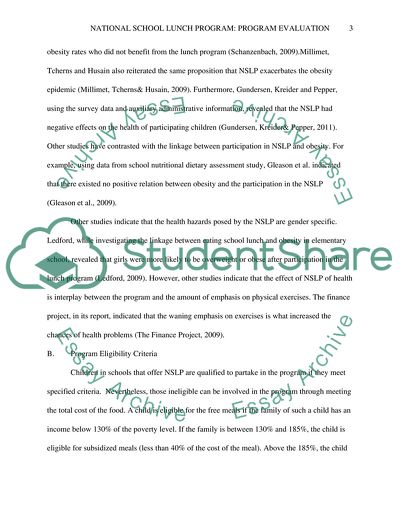Cite this document
(Evaluation of the US National School Lunch Program Research Paper, n.d.)
Evaluation of the US National School Lunch Program Research Paper. Retrieved from https://studentshare.org/social-science/1770771-program-evaluation-national-school-lunch-program
Evaluation of the US National School Lunch Program Research Paper. Retrieved from https://studentshare.org/social-science/1770771-program-evaluation-national-school-lunch-program
(Evaluation of the US National School Lunch Program Research Paper)
Evaluation of the US National School Lunch Program Research Paper. https://studentshare.org/social-science/1770771-program-evaluation-national-school-lunch-program.
Evaluation of the US National School Lunch Program Research Paper. https://studentshare.org/social-science/1770771-program-evaluation-national-school-lunch-program.
“Evaluation of the US National School Lunch Program Research Paper”, n.d. https://studentshare.org/social-science/1770771-program-evaluation-national-school-lunch-program.


